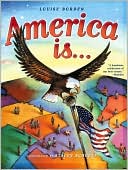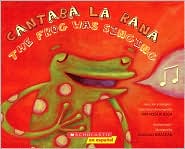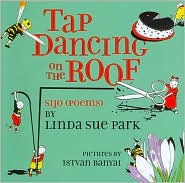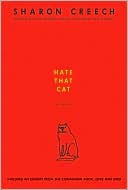A BIOGRAPHY OF
Juan Francisco Manzano
Art By: Sean Qualls
Engle, Margarita, and Sean Qualls. The poet slave of Cuba: a biography of Juan Francisco Manzano. New York: Henry Holt, 2006.
ISBN: 0805077065
Summary:
The Poet Slave of Cuba is about Juan Francisco Manzano written in verse by Margarita Engle. Ms. Engle has purposefully captured a biography by using specific detailed situations and then implementing the thoughts of the slave by calling those versus “Juan”. This technique of writing takes the reader through the beginning of often cruel situations but then allows the reader to hear internal thoughts that are made in those circumstances. The writings of the verses are done with great conviction you can feel the pain of Juan, he’s scared of the whip but is delighted when he meets his freedom and muse.
The illustrations by Sean Qualls are haunting. They depict sadness and a life I do not think any free person would want to live. Not one sketch had a person smiling, but still the art compliments the biography beautifully.
An excerpt from “The Poet Slave ofCuba
La Marquesade Prado Ameno
I let the sad poet-boy imagine
that soon he will be free.
that way he learns many crafts
preparing himself
for the future
as a tailor
like his father
or a pastry chef
working with sugar or chocolate instead of ink.
Juan
I let her imagine
that I do not have
an inkwell
made of eggshell
given to me
by her own son
along with a quill
for writing secrets
Excerpt/Poem Introduction
This entire book is a fabulous depiction of ones journey of slavery!This excerpt would be powerful to use 5th grade students (end of the school year) they can easily imagine what slavery was like or even the feeling of being owned. It is a great reminder of how we live in a different time where slavery no longer exists (at least not in theU.S.
ISBN: 0805077065
Summary:
The Poet Slave of Cuba is about Juan Francisco Manzano written in verse by Margarita Engle. Ms. Engle has purposefully captured a biography by using specific detailed situations and then implementing the thoughts of the slave by calling those versus “Juan”. This technique of writing takes the reader through the beginning of often cruel situations but then allows the reader to hear internal thoughts that are made in those circumstances. The writings of the verses are done with great conviction you can feel the pain of Juan, he’s scared of the whip but is delighted when he meets his freedom and muse.
The illustrations by Sean Qualls are haunting. They depict sadness and a life I do not think any free person would want to live. Not one sketch had a person smiling, but still the art compliments the biography beautifully.
An excerpt from “The Poet Slave of
La Marquesade Prado Ameno
I let the sad poet-boy imagine
that soon he will be free.
that way he learns many crafts
preparing himself
for the future
as a tailor
like his father
or a pastry chef
working with sugar or chocolate instead of ink.
Juan
I let her imagine
that I do not have
an inkwell
made of eggshell
given to me
by her own son
along with a quill
for writing secrets
Excerpt/Poem Introduction
This entire book is a fabulous depiction of ones journey of slavery!This excerpt would be powerful to use 5th grade students (end of the school year) they can easily imagine what slavery was like or even the feeling of being owned. It is a great reminder of how we live in a different time where slavery no longer exists (at least not in the





